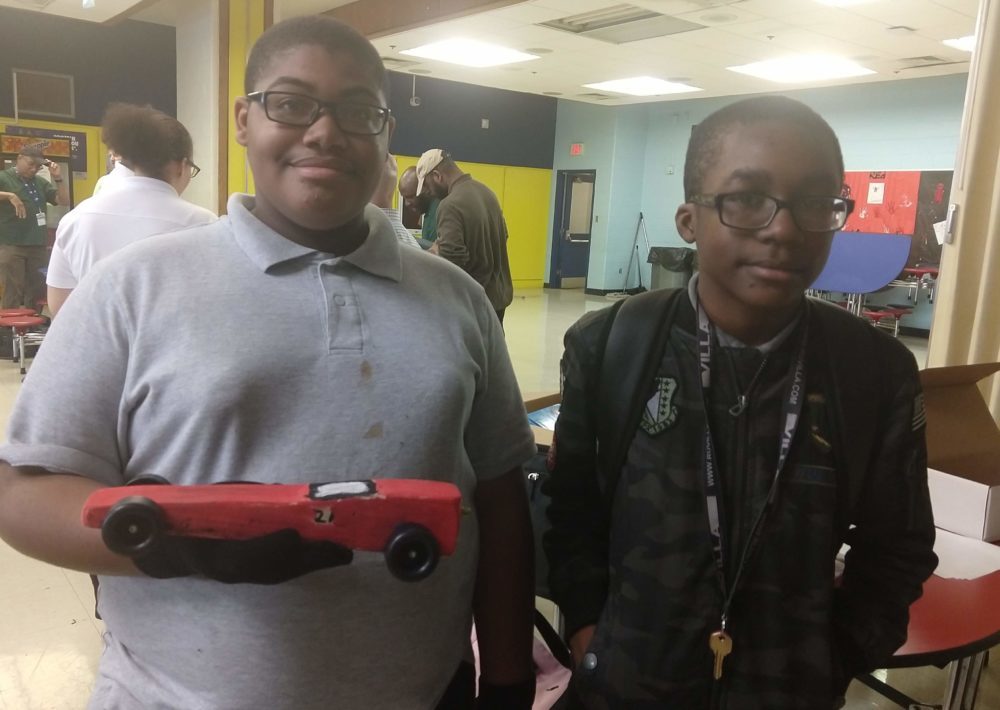The Boy Scouts of America, Del-Mar-Va Council — which has been a co-ed organization since last April — has teamed up with United Way of Delaware to bring the free STEM Scouts program to Bayard Middle School for a pilot program that may expand to other Delaware middle schools.
“The United Way of Delaware has found that students in the sixth and seventh grade are most in need of intervention and support for charting their futures and making the most impact in their lives,” said Justin Rodstrom, chief development and strategy officer of the BSA Del-Mar-Va Council. “When we thought about how we were going to start this out, we said, ‘Why don’t we start where the kids most need it?'”
STEM Scouts differs from a typical BSA program in that — as you may have guessed — it’s all STEM, something that is often disproportionately available to kids from more economically advantaged areas.
Seventeen Delaware ZIP codes make up what the United Way of Delaware calls its “Promise Communities,” said Orrin White, the nonprofit’s director of community impact.
“Three of those ZIP codes are in the East and the West Side of Wilmington, which is made up of 19801, -802 and -805,” he said. “Bayard Middle School is properly in one of these communities. We are committed to making sure the students from this area aren’t limited to success based on ZIP code or geography alone.”
The BSA Del-Mar-Va Council has been partnering with Bayard for the last five years for a scouting program, Rodstrom said.
“We worked with the United Way of Delaware and the Department of Education, and they selected it as the school that would most benefit from STEM reinforcement as well as the leadership skills all of our programs offer,” he said.

During a Tuesday afternoon visit, a few of the students shared their projects — CO2 cars — and what they think of the STEM program.
“We learn about teamwork and helping each other out,” said student Albert Henry.
“And building cars,” said his teammate Johron Saunders. Together with a third teammate, they had made a red race car.
“We were going to make a bus,” said Albert.
“And then we decided to put this here,” said Johron, holding up the car to show the “21” on its side. “I say it’s for [rapper] 21 Savage. He says no to 21 Savage.” He motioned toward Albert.

The old-school wooden cars run on CO2 cartridges, the kind you put in an old-fashioned whipped cream dispenser. To keep straight, they’re looped onto a fishing line that stretches from the starting line to the finish line. Once the cartridges are tapped by a mechanism at the starting line, they speed across the room — according to Rodstrom, up to 65 feet.
Setting the cars up is a bit more tedious, but it’s part of the process: “It takes time and practice,” said student Joey Ingram.
Students Jaelisa Harrison and Rhianna Wilson agreed that the program is fun and full of new experiences.
As for building the perfect CO2 car?
“Don’t stress it, because you’ll end up messing up,” said Jaelisa.








